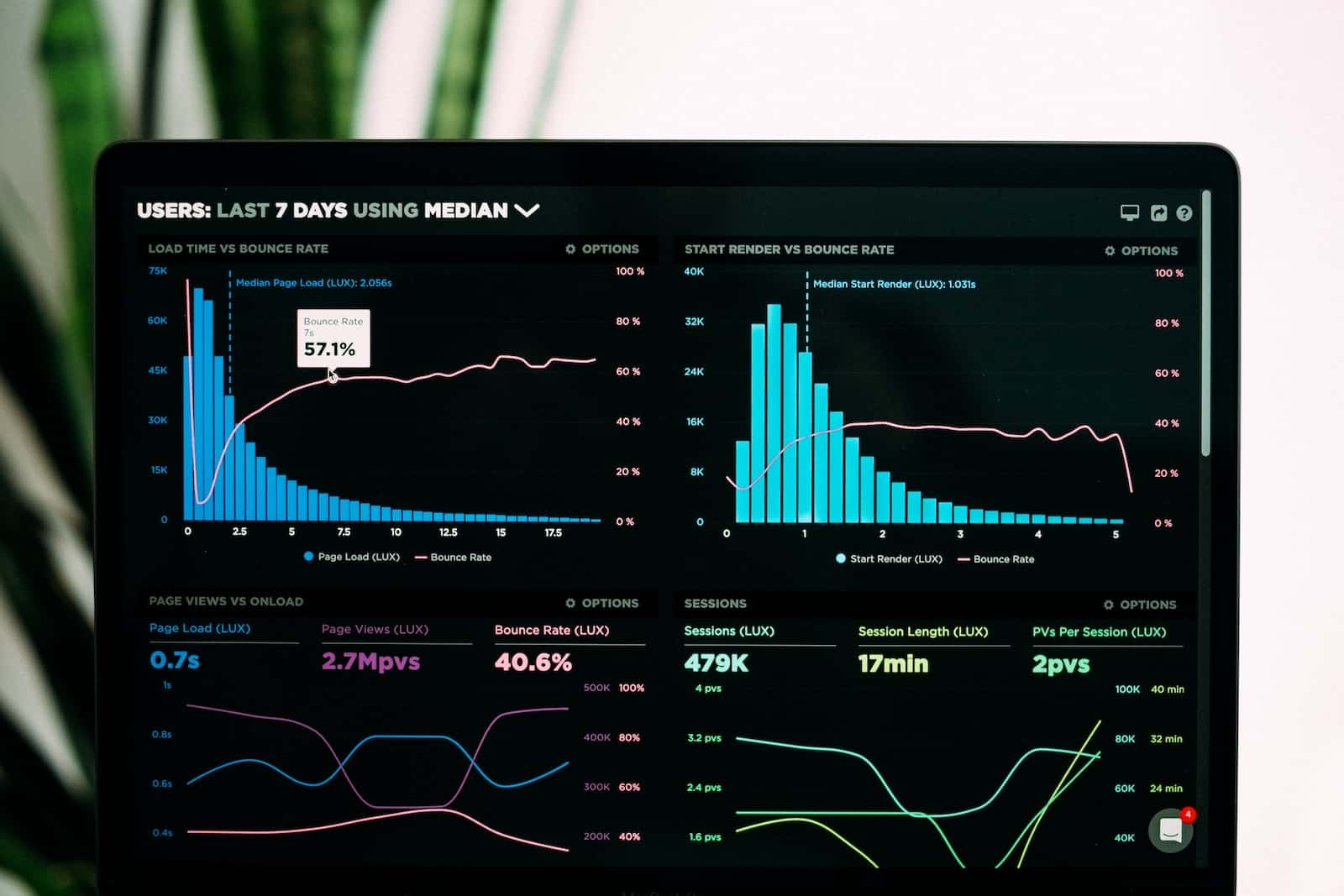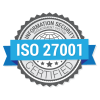As businesses continue to rely on technology to drive their operations, optimizing and managing IT services (one of the largest areas of IT spend for most organizations) has become increasingly important. One of the most effective ways to achieve this is by leveraging data insights.
In this article, we will explore how businesses can use data to improve expense management, contract management, and how to better keep track of purchase and service orders of their IT services like Telecom, Data Networks, Professional Services and Cloud Servers.
Expense Management
The first step in optimizing your IT services is understanding your expenses. By leveraging data insights, you can gain a better understanding of your IT expenses and identify areas where you can save money. You can start by collecting data from various sources, including your accounting software, vendor invoices, and procurement systems. This data can be used to create reports that provide an overview of your IT expenses.
Once you have this data, you can analyze it to identify trends and patterns. For example, you may find that a particular vendor is consistently charging more than others for the same services. Armed with this information, you can negotiate better rates or switch to a different vendor. Similarly, you may find that your organization is spending more on certain services than it needs to. By identifying these inefficiencies, you can reduce costs and free up funds for other IT initiatives.
Contract Management
Contract management is another area where data insights can be valuable. By leveraging data from your contracts, you can gain visibility into key contract terms and track their performance over time. This can include data on contract renewal dates, service level agreements, set rate schedules and pricing.
Using this data, you can identify areas where contracts may need to be renegotiated or terminated. For example, if a vendor consistently fails to meet service level agreements, you may need to renegotiate the terms of the contract or terminate it altogether. You can also use data insights to identify areas where you may be overpaying for services or not getting the full value of your contracts.
Keeping Track of Purchase and Service Orders
Data insights can also be used to optimize purchase and service orders management. By analyzing data from your procurement systems and service ticketing systems, you can gain visibility into the entire procurement process, from requisition to payment. This can help you identify bottlenecks and areas where the process can be improved.
For example, you may find that a particular department consistently takes longer to approve purchase orders than others. By identifying this bottleneck, you can work with the department to streamline the approval process and reduce the time it takes to get orders approved. Similarly, you may find that certain vendors consistently deliver late or provide poor-quality services. Armed with this information, you can work to address these issues and improve your vendor management processes.
Data insights can be a powerful tool for optimizing and managing your IT services. By collecting data from multiple sources, analyzing it, and creating reports, businesses can gain visibility into their IT expenses, contracts, and procurement processes. This information can be used to identify inefficiencies, reduce costs, and improve overall IT performance.
If you believe your team already has its hands too full on other priorities for your business, consider using optimization software available in the market to automate all of these processes. Thinking Machine is the perfect optimization solution to help you successfully manage your IT services and contracts with the least amount of effort from your team.
With the data insights gathered from all the sources mentioned above and a range of real-time analytics and reporting that can be done with them, an optimization solution can assist in in numerous ways to improve not only the contract lifecycle management and expense management for your organization, but also make sure you are mitigating contract risks, monitoring performance metrics and ensuring vendor compliance with the contracts.


